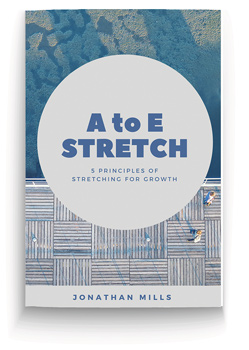“Vision helps us see the possibilities of tomorrow within the realities of today, and motivates us to do what needs to be done”
Business executives often talk about wanting to get their people ‘aligned’ with the company’s strategy. The word ‘aligned’, however, suggests a mechanical picture of getting all the pencils pointing in the same direction, like a magnetic field lining up the polarity of molecules. It frankly isn’t that simple. Strategies, articulated as they are in the dry language of corporate goals, speak mainly to the rational brain, the neocortex. Strategic visions (and the plans that follow from them) are typically linear and limited, bypassing the elements of heart and passion essential for building commitment.
Daniel Goleman (Primal Leadership) insightfully notes: “Getting people to really embrace change requires ‘attunement’ – alignment with the kind of resonance that moves people emotionally as well as intellectually. The challenge is in how to attune people to your vision and then to your business strategy in a way that arouses passion. Emotionally intelligent leaders know that this attunement requires something more than simply making people aware of the strategy itself. It requires a direct connection with people’s centres.”
Attunement, rather than mere alignment, engenders the motivating enthusiasm for an organisational vision. When this attunement grabs the emotional attention of people, they start feeling the heat of a collective excitement, of many people being enthusiastic about their work. A vision that ‘tunes people in’ – that creates resonance – builds organisational harmony and employee’s capacity to act collectively.
Goleman adds: “The invisible threads of a compelling vision weave a tapestry that binds people together more powerfully that any strategic plan. And people, not the business plan alone, determine the outcome. Success depends on what an organisation’s people care about, what they do, and how they work together.”
Warren Bennis, University of Southern California professor and renowned leadership expert, has called attunement “managing attention through the vision” – something he says is the leader’s fundamental responsibility, as is using the group ideal to focus people’s efforts. Attunement is thus particularly important when the organisation is going through significant change in how things are done – and is equally critical whenever a vision that built an organisation’s initial success grows stale and needs refreshing or transformation.
Goleman concludes: “Attunement starts with involving people deeply in the process of looking at the gaps between the organisation’s emotional reality and people’s ideal visions of the organisation, including visions of their own interactions with it.”
Maybe leaders need to empower their people and put them in charge of the change process itself. The change process will consequently accelerate and develop levels of ownership that the leader can’t engender singularly.










